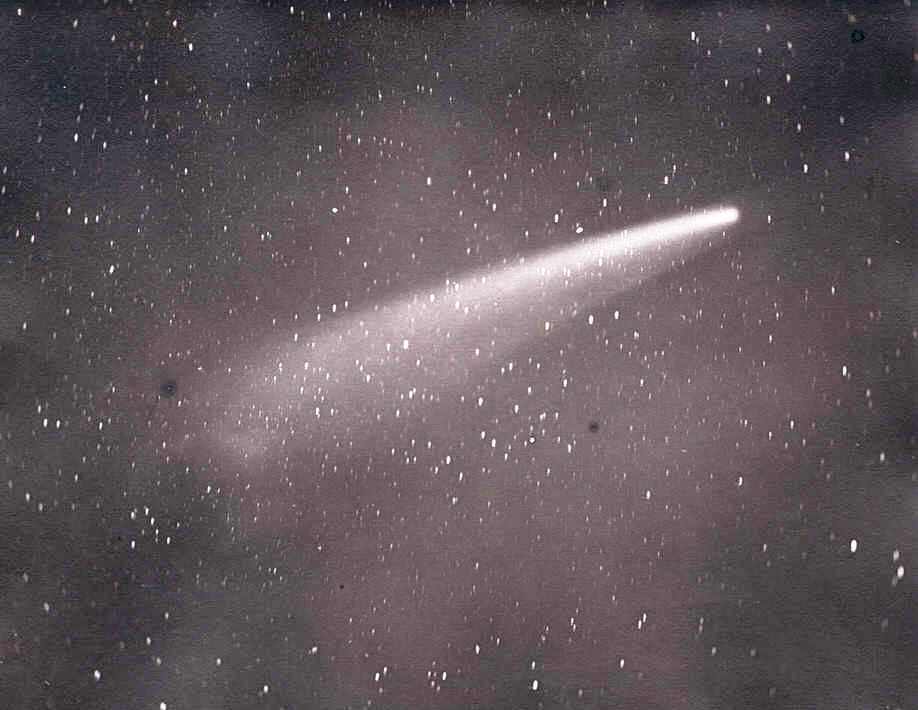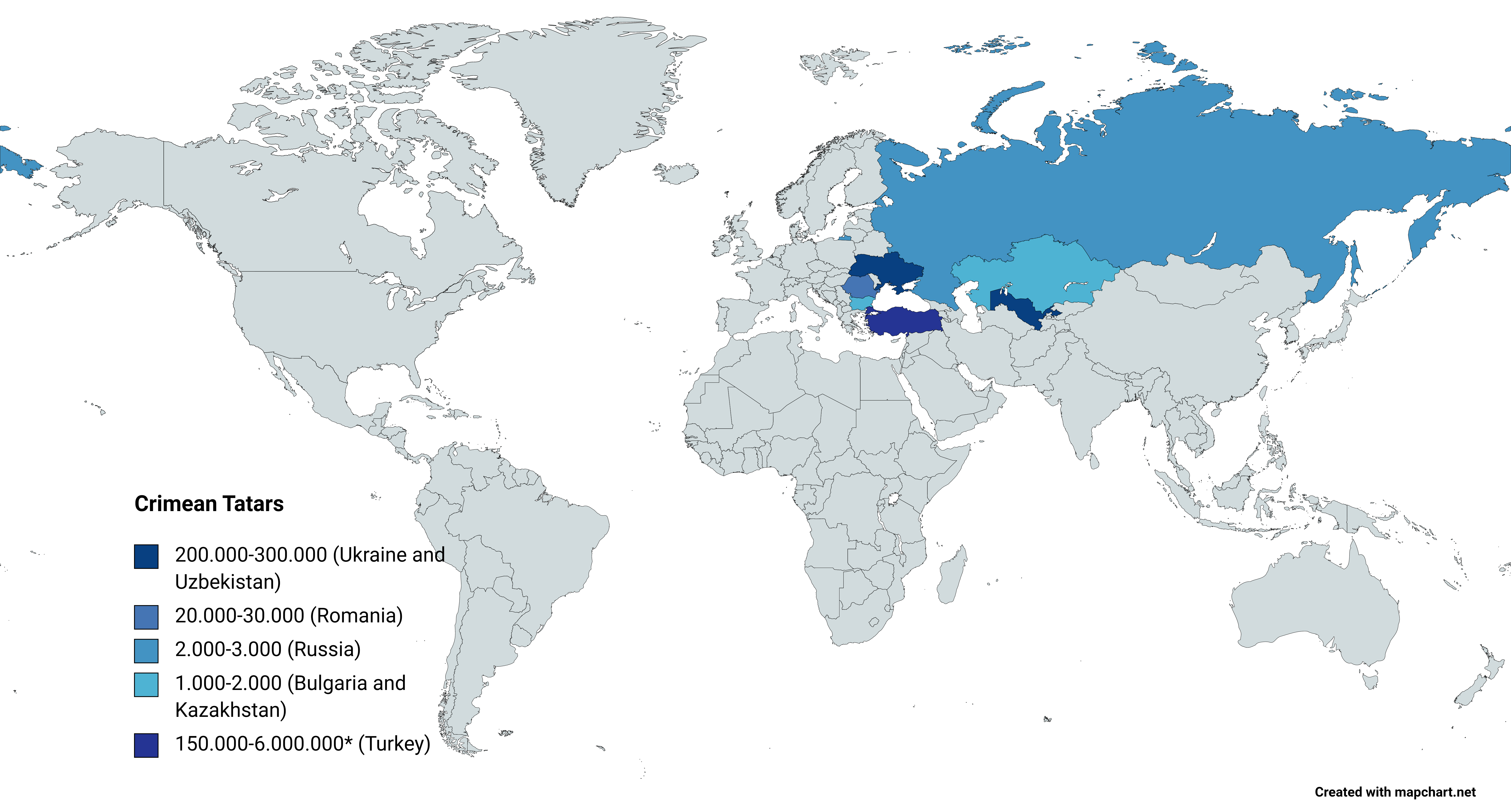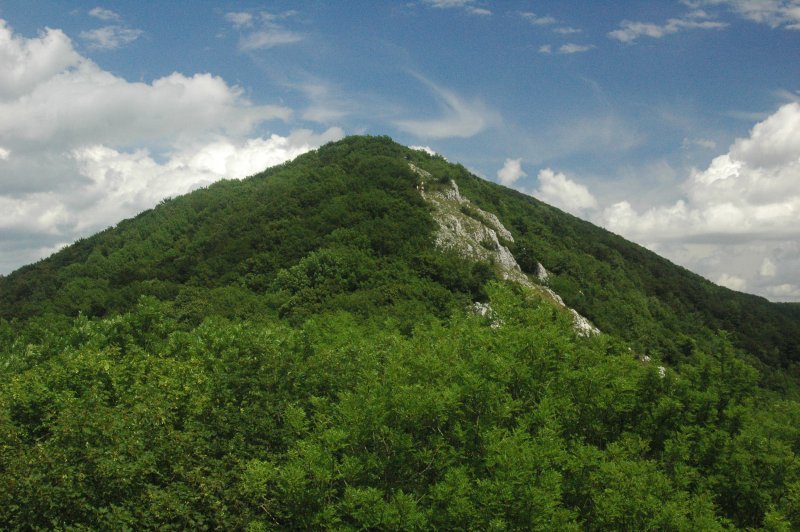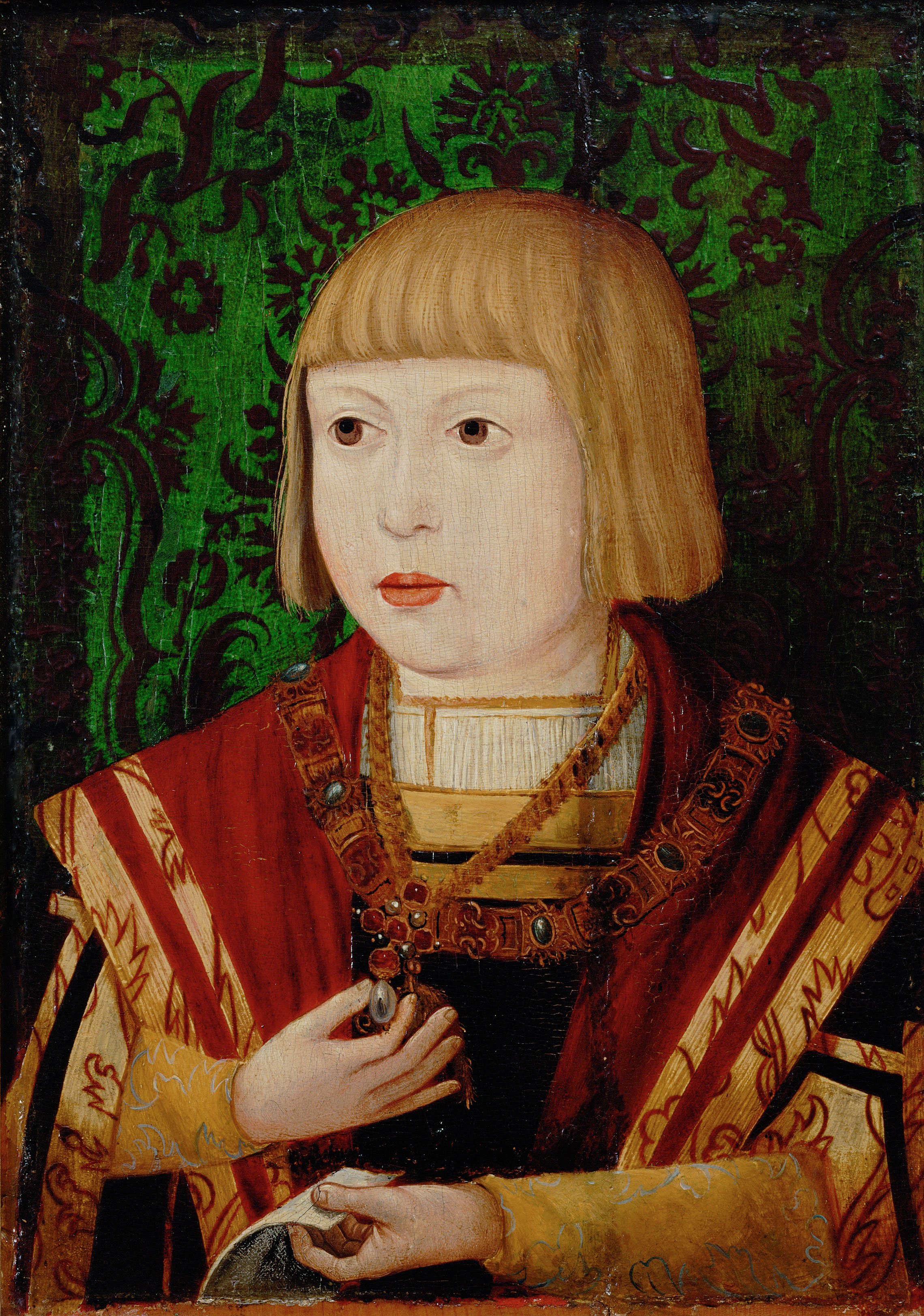|
Biely Kameň
Biely Kameň (literally ''White Stone'' in English) are the ruins of a Gothic castle located on a wooded hill above the town of Svätý Jur in the Pezinok district in the Bratislava region, Slovakia. The name Biely Kameň became commonplace in the 1980s. The castle is also known as ''Svätojurský hrad'' (St. George castle). Biely Kameň served as a fortified seat above Svätý Jur since the 13th century until 1663 when it was finally abandoned by its owners. The castle was likely established in response to and not long after Tatar raids in 1241-1242.Peter Nagy, Marián Čurný, Stredoveké a novoveké keramické potrubia zo Slovenska, Archaeologia historica. 2011, vol. 36, iss. 2, pp. 541-555, http://hdl.handle.net/11222.digilib/128219. Since 2002, the ruins are recognized as a national cultural monument but remain freely and publicly accessible. Most tourists visit the site from the nearby town of Svätý Jur. History Biely Kameň was built at some point before 1271 on a hil ... [...More Info...] [...Related Items...] OR: [Wikipedia] [Google] [Baidu] |
Svätý Jur
Svätý Jur (; ; ; ; formerly ''Jur pri Bratislave'') is a small historical town northeast of Bratislava, located in the Bratislava Region. The city is situated on the slopes of Little Carpathians mountains and surrounded by typical terraced vineyards with more than 700 years of winemaking tradition. In 1990, the intact city center was declared a protected city reservation. Cadastrially, Svätý Jur includes also the natural reserve Šúr, established in 1952 to protect one of the last and largest remnants of a tall-stem swamp alder forest in Central Europe. Today, Svätý Jur has a population of almost 6,000 citizens. The town is well connected with a major road between Pezinok and Bratislava passing through and the Svätý Jur railway station situated on the main Košice - Bratislava railway line. The city is bordered by the Little Carpathian mountains to the west, Bratislava to the south, natural reserve Šúr to the east and Limbach, Slovakia, Limbach and Pezinok to the north ... [...More Info...] [...Related Items...] OR: [Wikipedia] [Google] [Baidu] |
Ottoman Empire
The Ottoman Empire (), also called the Turkish Empire, was an empire, imperial realm that controlled much of Southeast Europe, West Asia, and North Africa from the 14th to early 20th centuries; it also controlled parts of southeastern Central Europe, between the early 16th and early 18th centuries. The empire emerged from a Anatolian beyliks, ''beylik'', or principality, founded in northwestern Anatolia in by the Turkoman (ethnonym), Turkoman tribal leader Osman I. His successors Ottoman wars in Europe, conquered much of Anatolia and expanded into the Balkans by the mid-14th century, transforming their petty kingdom into a transcontinental empire. The Ottomans ended the Byzantine Empire with the Fall of Constantinople, conquest of Constantinople in 1453 by Mehmed II. With its capital at History of Istanbul#Ottoman Empire, Constantinople (modern-day Istanbul) and control over a significant portion of the Mediterranean Basin, the Ottoman Empire was at the centre of interacti ... [...More Info...] [...Related Items...] OR: [Wikipedia] [Google] [Baidu] |
List Of Castles In Slovakia
This is a list of castles in Slovakia. This list includes palaces, citadels and manor houses. These Slovak language, Slovak words translate as follows: #''hrad'', ''hrádok'' - castle #''zámok'' - correctly: château, commonly translated as castle #''pevnosť'' - fortress, citadel #''kaštieľ'' - mansion or manor house Preserved castles Castle ruins See also * List of castles in Europe * List of castles External links List of Slovak castles at castles.skSlovak castles at slovenskehrady.sk {{Castles by country Castles in Slovakia, * Lists of castles in Europe, Slovakia Lists of buildings and structures in Slovakia, Castles Lists of castles by country, Slovakia Lists of tourist attractions in Slovakia, Castles ... [...More Info...] [...Related Items...] OR: [Wikipedia] [Google] [Baidu] |
Čeklís Castle
Čeklís Castle was a medieval fortification near Bernolákovo in the Bratislava region, Slovakia. The castle was most likely built in the 13th century. It was destroyed and abandoned in the 16th century. Nowadays only a part of the perimeter wall, about 32 m long and situated on the edge of the ridge, has been preserved from the castle above ground level. A water tower was built on top of the castle remains in 1905. The tower was styled to fit the historical environment but is materially completely separate from the Čeklís Castle. History The origins of the Čeklís Castle are not very well known. It was probably built in the 13th century and served as a guard castle of a road leading from Bratislava to the east. According to some sources, it was first mentioned in 1209 as an old settlement that Andrew II of Hungary donated to an administrator of the royal cellars by the name of Šebeš. Some documents from 1290 hint towards Pavol, son of Count Kozma of Pezinok, as the ... [...More Info...] [...Related Items...] OR: [Wikipedia] [Google] [Baidu] |
1882
Events January * January 2 ** The Standard Oil Trust is secretly created in the United States to control multiple corporations set up by John D. Rockefeller and his associates. ** Irish-born author Oscar Wilde arrives in New York at the beginning of a lecture tour of the United States and Canada. * January 5 – Charles J. Guiteau is found guilty of the assassination of James A. Garfield (President of the United States) and sentenced to death, despite an insanity defense raised by his lawyer. * January 12 – Holborn Viaduct power station in the City of London, the world's first coal-fired public electricity generating station, begins operation. February * February 3 – American showman P. T. Barnum acquires the elephant Jumbo from the London Zoo. March * March 2 – Roderick Maclean fails in an attempt to assassinate Queen Victoria, at Windsor. * March 18 (March 6 Old Style) – The Principality of Serbia becomes the Kingdom of Serbia followin ... [...More Info...] [...Related Items...] OR: [Wikipedia] [Google] [Baidu] |
Crimean Tatars
Crimean Tatars (), or simply Crimeans (), are an Eastern European Turkic peoples, Turkic ethnic group and nation indigenous to Crimea. Their ethnogenesis lasted thousands of years in Crimea and the northern regions along the coast of the Black Sea, uniting Mediterranean basin, Mediterranean populations with those of the Eurasian Steppe.''Агджоян А. Т., Схаляхо Р. А., Утевская О. М., Жабагин М. К., Тагирли Ш. Г., Дамба Л. Д., Атраментова Л. А., Балановский О. П.'Генофонд крымских татар в сравнении с тюркоязычными народами Европы, 2015 Genome-wide study of the Crimean Tatars unveiled connections between them and the genomes of individuals from the Steppe during the Bronze Age, specifically those associated with the Yamnaya culture, Yamnaya archaeological culture. Until the 20th century, Crimean Tatars were the most populous demographic cohort ... [...More Info...] [...Related Items...] OR: [Wikipedia] [Google] [Baidu] |
Pálffy Ab Erdöd
The House of Pálffy, also known as Pálffy von Erdőd, Pálffy de Erdőd, or Pálffy of Erdőd, is the name of an old Hungarian nobility, Hungarian noble family, later incorporated into Austrian nobility. Members of the family held significant positions in the Habsburg monarchy. History The Hungarian name ''Pálffy'' derives from the Latin term ''Pauli filius'' (son of Paul), after the first known ancestor of the family.Entr''Pálffy von Erdöd'' in 'Pierer's Universal-Lexikon von 1857', at zeno.org (in German) ''Erdőd'' is the Hungarian name for Ardud, a town situated in Transylvania. The Pálffy ab Erdőd family members bore as well the title of Baron or Baroness of Újezd, of the name of their Czech lands, Czech barony of Újezd (Zlín District), Újezd. The family crest is of a deer above a wooden wheel which was created supposedly after an incident in the forest. The legend says that members of the Pálffy family were travelling in a horse-drawn carriage in the forest a ... [...More Info...] [...Related Items...] OR: [Wikipedia] [Google] [Baidu] |
Little Carpathians
The Little Carpathians (also: ''Lesser Carpathians'', ; ; ) are a low mountain range, about 100 km long, and part of the Carpathian Mountains. The mountains are situated in Western Slovakia, covering the area from Bratislava to Nové Mesto nad Váhom, and northeastern Austria, where a very small part called Hundsheimer Berge (or Hainburger Berge) is located south of the Devín Gate. The Little Carpathians are bordered by the Záhorie, Záhorie Lowland in the west and the Danubian Lowland in the east. In 1976, the Little Carpathians were declared a protected area under the name Little Carpathians Protected Landscape Area, covering . The area is rich in floral and faunal diversity and contains numerous castles, most notably the Bratislava Castle, and natural caves. Driny is the only cave open to the public. The three highest mountains are Záruby at , Vysoká (Little Carpathians), Vysoká at , and Vápenná at . Description Geomorphologically, the Little Carpathians belong t ... [...More Info...] [...Related Items...] OR: [Wikipedia] [Google] [Baidu] |
Pajštún Castle
Pajštún Castle or Pajštún (, Hungarian language, Hungarian: Pozsonyborostyánkő, ) is a ruined Middle Ages, medieval castle in the municipality of Borinka in the Bratislava region of Slovakia. It is located on the western edge of the Little Carpathians at an altitude of 486 m. Because of its proximity to Bratislava, the castle is a popular hiking destination for the city's inhabitants. History The exact origins of the Pajštún castle are unclear with some historians considering it to be the same castle as the Stupava castle. The castle is standing above Stupava, Malacky District, Stupava but is not included in the administrative territory of this town. Other historians situate the origins of the castle in the last third 13th century with Rugerius of Tallesbrunn giving the order to build it. Pajštún was a part of a regional castle system aimed at defending the north-western border of the Kingdom of Hungary. The original name of the castle was probably the German ''Peilenst ... [...More Info...] [...Related Items...] OR: [Wikipedia] [Google] [Baidu] |
Slovakia
Slovakia, officially the Slovak Republic, is a landlocked country in Central Europe. It is bordered by Poland to the north, Ukraine to the east, Hungary to the south, Austria to the west, and the Czech Republic to the northwest. Slovakia's mostly mountainous territory spans about , hosting a population exceeding 5.4 million. The capital and largest city is Bratislava, while the second largest city is Košice. The Slavs arrived in the territory of the present-day Slovakia in the 5th and 6th centuries. From the late 6th century, parts of modern Slovakia were incorporated into the Pannonian Avars, Avar Khaghanate. In the 7th century, the Slavs played a significant role in the creation of Samo's Empire. When the Avar Khaghanate dissolved in the 9th century, the Slavs established the Principality of Nitra before it was annexed by the Great Moravia, Principality of Moravia, which later became Great Moravia. When Great Moravia fell in the 10th century, the territory was integrated i ... [...More Info...] [...Related Items...] OR: [Wikipedia] [Google] [Baidu] |
Ferdinand I, Holy Roman Emperor
Ferdinand I (10 March 1503 – 25 July 1564) was Holy Roman Emperor from 1556, King of Bohemia, King of Hungary, Hungary, and List of rulers of Croatia, Croatia from 1526, and Archduke of Austria from 1521 until his death in 1564.Milan Kruhek: Cetin, grad izbornog sabora Kraljevine Hrvatske 1527, Karlovačka Županija, 1997, Karslovac Before his accession as emperor, he ruled the Erblande, Austrian hereditary lands of the House of Habsburg in the name of his elder brother, Charles V, Holy Roman Emperor. Also, he often served as Charles' representative in the Holy Roman Empire and developed encouraging relationships with German princes. In addition, Ferdinand also developed valuable relationships with the German banking house of Jakob Fugger and the Catalan bank, Banca Palenzuela Levi Kahana. The key events during his reign were the conflict with the Ottoman Empire, which in the 1520s began a great advance into Central Europe, and the Protestant Reformation, which resulted in s ... [...More Info...] [...Related Items...] OR: [Wikipedia] [Google] [Baidu] |







